Rational Exuberance
There is absolutely no reason to be pessimistic about either the U.S. or the world economy.
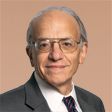
Increasingly we are told that our economy is facing a “new normal.” This appellation, bestowed by Bill Gross and Mohamed El-Erian, co-chief investment officers at Pimco, holds that the economy is going through an extended period of slow growth caused by households unwinding the large debts they incurred during the past boom. That means not only slower growth but also lower returns for stock-market investors.
Although advocates of the new normal might think they represent a new reality in economic thinking, they are in fact spouting an ultra-Keynesian theory that economists long ago discarded. Keynes believed that the level of economic activity was determined solely by aggregate demand, or how much economic agents -- namely U.S. consumers, businesses, foreigners and the government -- want to buy. It was a theory born of the Great Depression, also an era when slow-growth theories proliferated.
Although Keynesian economics has proved to be a useful way of looking at what determines the level of gross domestic product in the short run, it has been a disaster in predicting long-term economic growth. Its first mistake came right after World War II, just as Keynesian thought began to dominate economics.
From just $107.88 $24.99 for Kiplinger Personal Finance
Become a smarter, better informed investor. Subscribe from just $107.88 $24.99, plus get up to 4 Special Issues

Sign up for Kiplinger’s Free Newsletters
Profit and prosper with the best of expert advice on investing, taxes, retirement, personal finance and more - straight to your e-mail.
Profit and prosper with the best of expert advice - straight to your e-mail.
At the time, most economists were forecasting a return to depression as government spending on manpower and war materiel fell sharply. Furthermore, our economy was saddled with government debt that was about twice as high relative to gross domestic product as it is today. But instead of stagnation, demand exploded as returning veterans took jobs that were being created to produce consumer goods for a postwar America.
Technology’s impact. Economists had to come up with another theory to explain long-term growth. Robert Solow, the Nobel Prize-winning economist from the Massachusetts Institute of Technology (and a Keynesian), developed a model in which long-run output is determined by the quality and quantity of land, labor and capital that go into the productive process. He showed that technological growth generates the demand that pushes our economy forward and stimulates a rise in standard of living.
Today the outlook for technological growth is brighter than ever. For the first time in history, thousands of scientists and researchers from China, India and other emerging markets are working together toward scientific breakthroughs. Progress depends on access to information, and the Internet has made information more accessible than ever.
Advances in medicine, alternative energy, conservation and control of the environment will require huge expenditures, but will reap equally large benefits. In the future, the rate of technological growth will actually increase, not decrease.
Another important factor pessimists ignore is that stock-market returns depend not on growth in the U.S. alone but on growth throughout the world. Almost half of the revenues and profits of the companies in Standard & Poor’s 500-stock index come from overseas, and that fraction is destined to increase. I see no reason why investors cannot continue to earn their historical stock-market return of 6% to 7% a year after inflation.
Advocates of the new normal cite the large U.S. indebtedness as one of the factors behind slow future growth. However, there’s a vast cache of unused purchasing power in the rapidly growing middle classes in emerging economies, especially India and China. These rising middle classes represent the largest untapped markets the world has ever known and will drive demand in the next decade. And they want quality goods and brand names that are produced by firms based in the U.S.
As we emerge from the financial crisis, there is absolutely no reason to be pessimistic about either the U.S. or the world economy.
Columnist Jeremy J. Siegel is a professor at the University of Pennsylvania’s Wharton School and the author of Stocks for the Long Run and The Future for Investors.
Profit and prosper with the best of Kiplinger's advice on investing, taxes, retirement, personal finance and much more. Delivered daily. Enter your email in the box and click Sign Me Up.
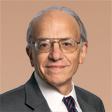
-
 Stocks Extend Losing Streak After Fed Minutes: Stock Market Today
Stocks Extend Losing Streak After Fed Minutes: Stock Market TodayThe Santa Claus Rally is officially at risk after the S&P 500's third straight loss.
-
 What Bilt Cardholders Need to Know as Wells Fargo Exits the Program
What Bilt Cardholders Need to Know as Wells Fargo Exits the ProgramA major shake-up in the Bilt Rewards program could affect your credit card, rent rewards and points strategy heading into 2026.
-
 3 Major Changes to the Charitable Deduction in 2026
3 Major Changes to the Charitable Deduction in 2026Tax Breaks About 144 million Americans might qualify for the 2026 universal charity deduction, while high earners face new IRS limits. Here's what to know.
-
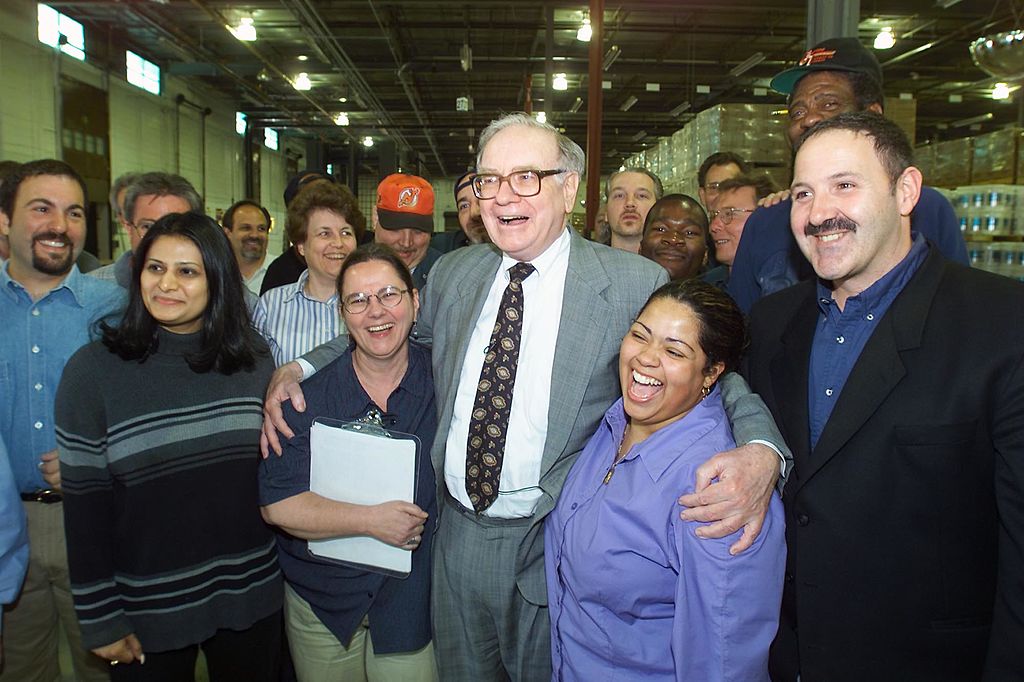 What the Rich Know About Investing That You Don't
What the Rich Know About Investing That You Don'tPeople like Warren Buffett become people like Warren Buffett by following basic rules and being disciplined. Here's how to accumulate real wealth.
-
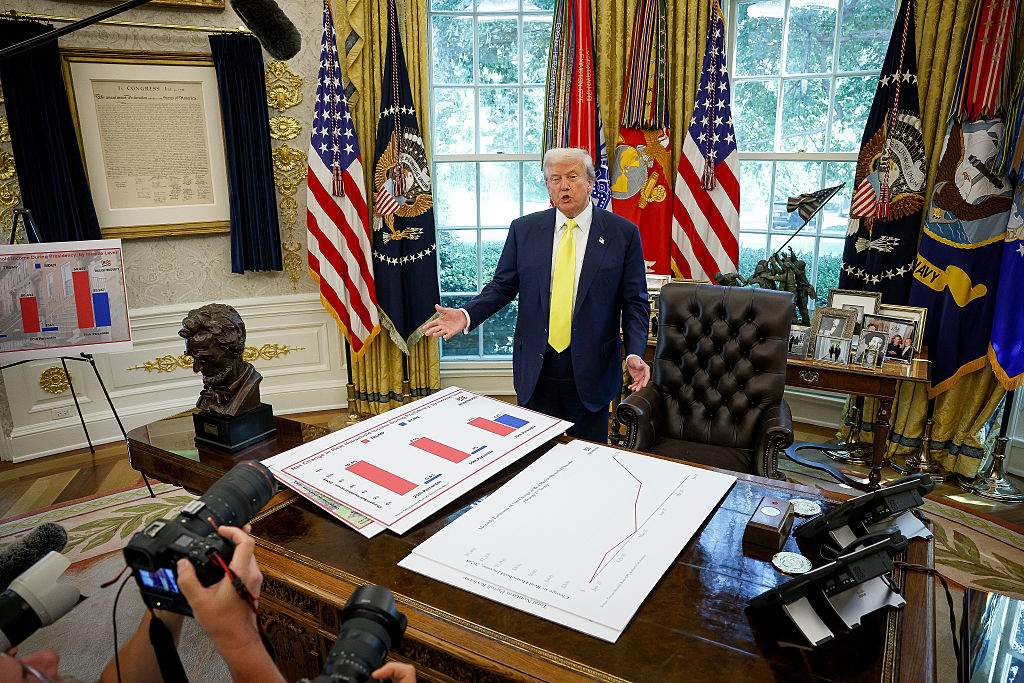 How to Invest for Rising Data Integrity Risk
How to Invest for Rising Data Integrity RiskAmid a broad assault on venerable institutions, President Trump has targeted agencies responsible for data critical to markets. How should investors respond?
-
 What Tariffs Mean for Your Sector Exposure
What Tariffs Mean for Your Sector ExposureNew, higher and changing tariffs will ripple through the economy and into share prices for many quarters to come.
-
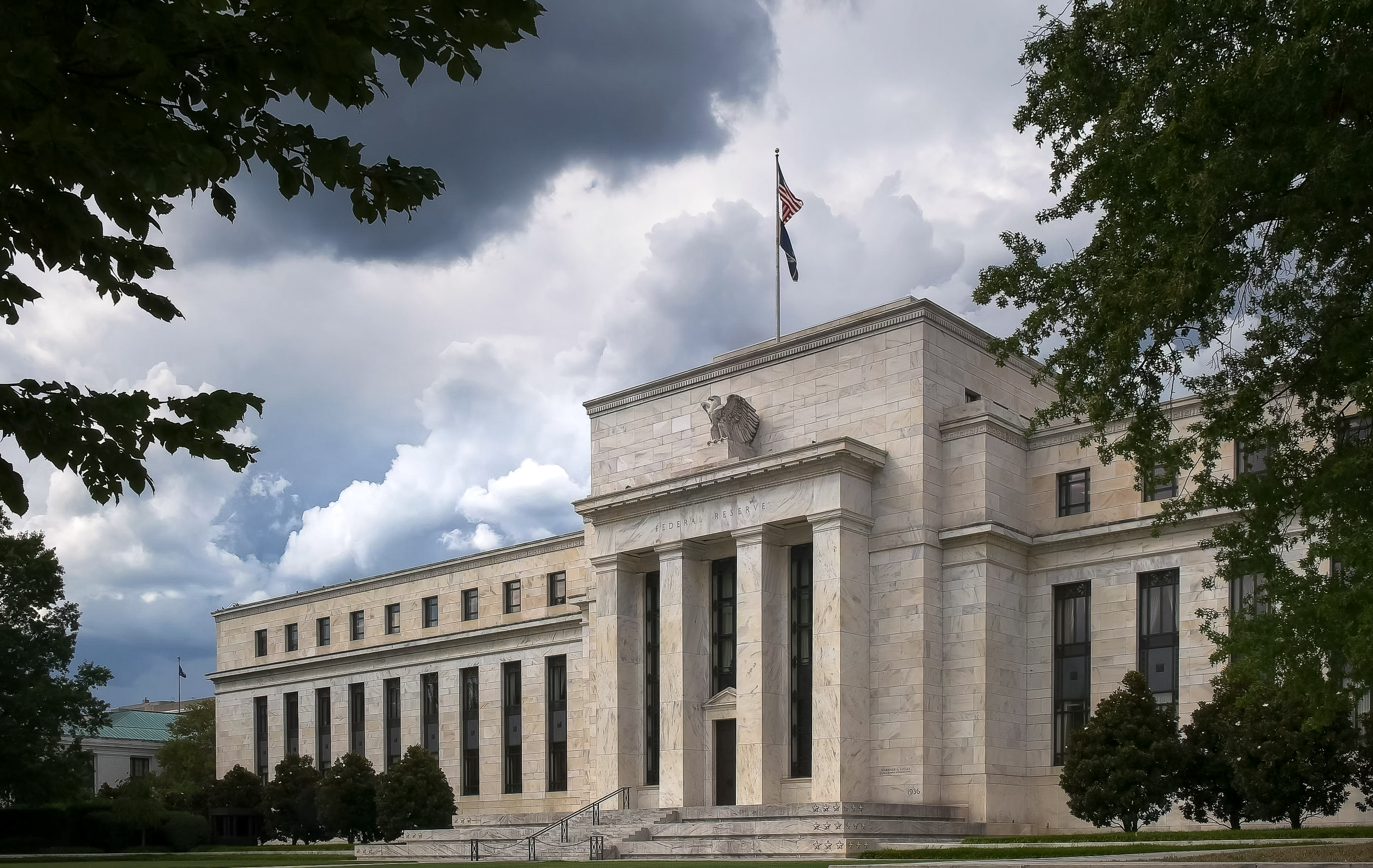 How to Invest for Fall Rate Cuts by the Fed
How to Invest for Fall Rate Cuts by the FedThe probability the Fed cuts interest rates by 25 basis points in October is now greater than 90%.
-
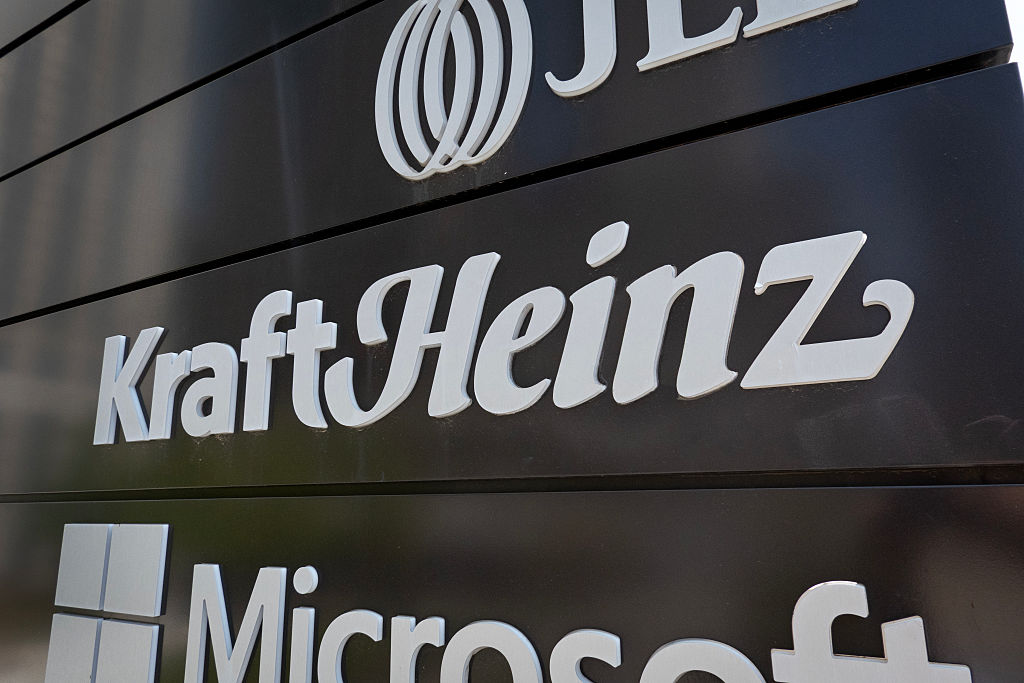 Are Buffett and Berkshire About to Bail on Kraft Heinz Stock?
Are Buffett and Berkshire About to Bail on Kraft Heinz Stock?Warren Buffett and Berkshire Hathaway own a lot of Kraft Heinz stock, so what happens when they decide to sell KHC?
-
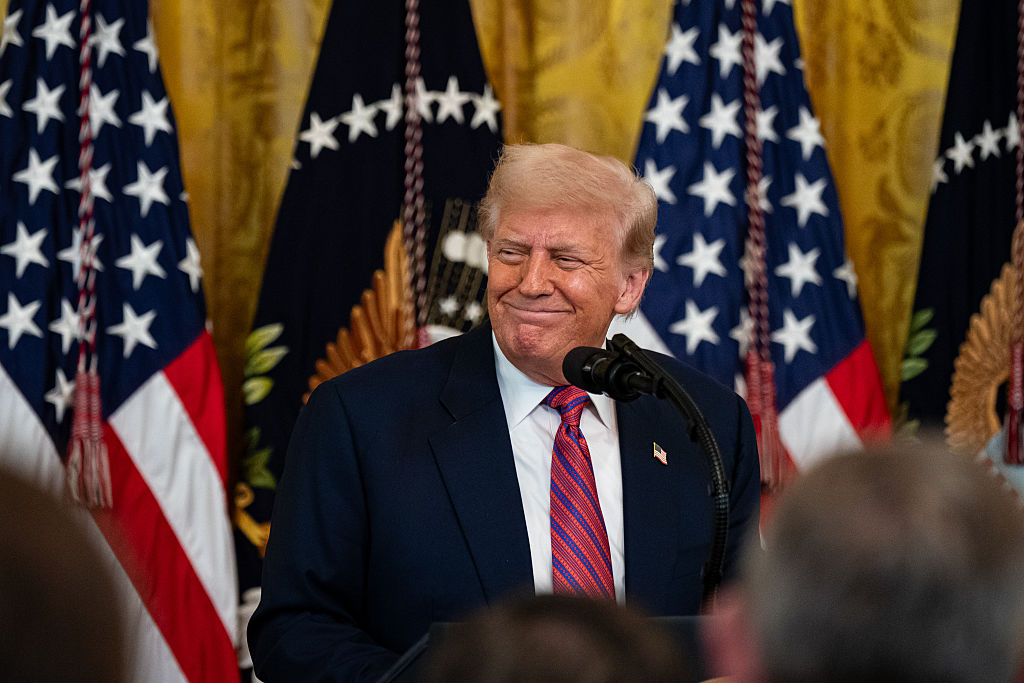 How the Stock Market Performed in the First 6 Months of Trump's Second Term
How the Stock Market Performed in the First 6 Months of Trump's Second TermSix months after President Donald Trump's inauguration, take a look at how the stock market has performed.
-
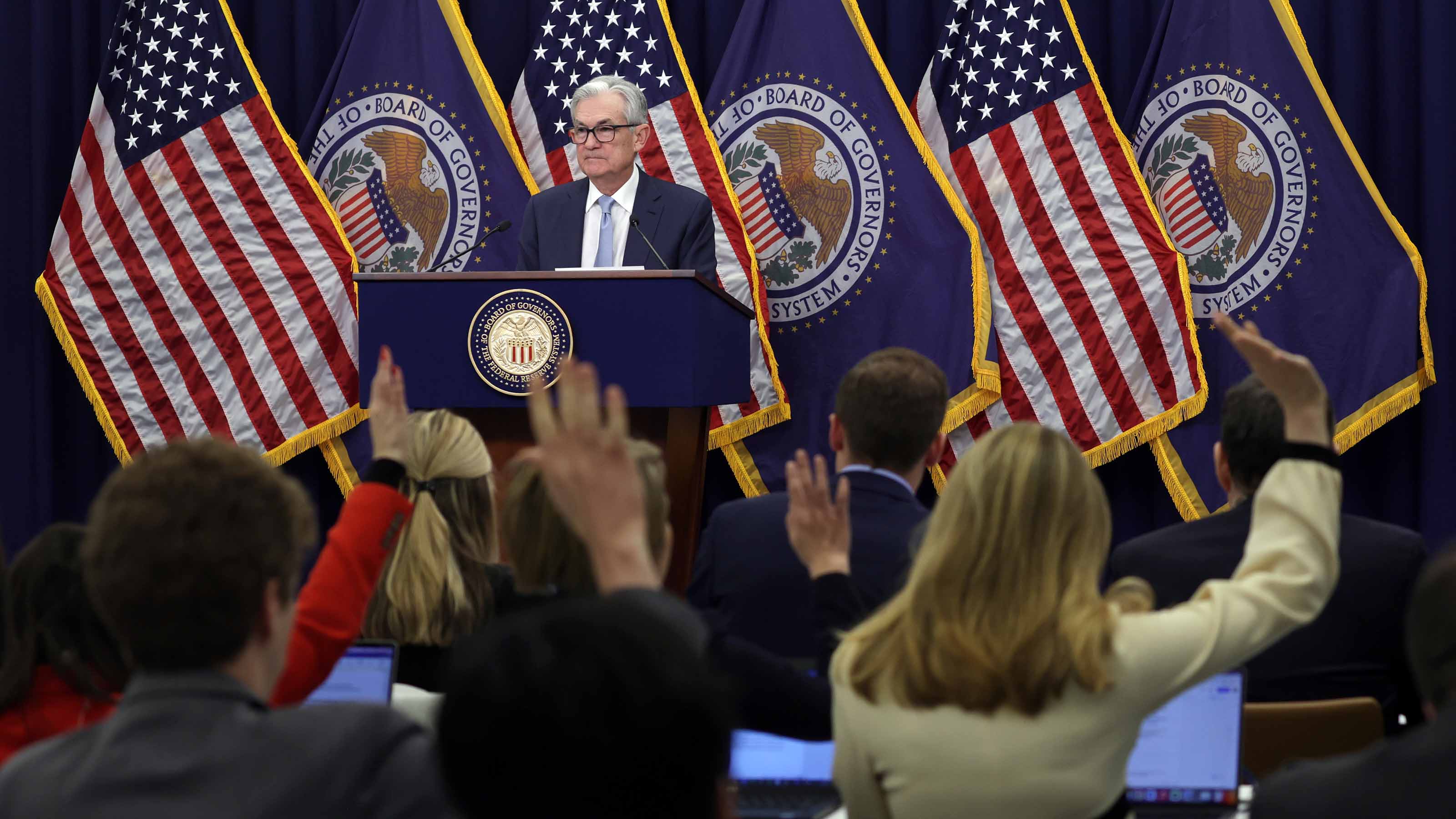 Fed Leaves Rates Unchanged: What the Experts Are Saying
Fed Leaves Rates Unchanged: What the Experts Are SayingFederal Reserve As widely expected, the Federal Open Market Committee took a 'wait-and-see' approach toward borrowing costs.
-
 Fed Sees Fewer Rate Cuts in 2025: What the Experts Are Saying
Fed Sees Fewer Rate Cuts in 2025: What the Experts Are SayingFederal Reserve The Federal Reserve cut interest rates as expected, but the future path of borrowing costs became more opaque.